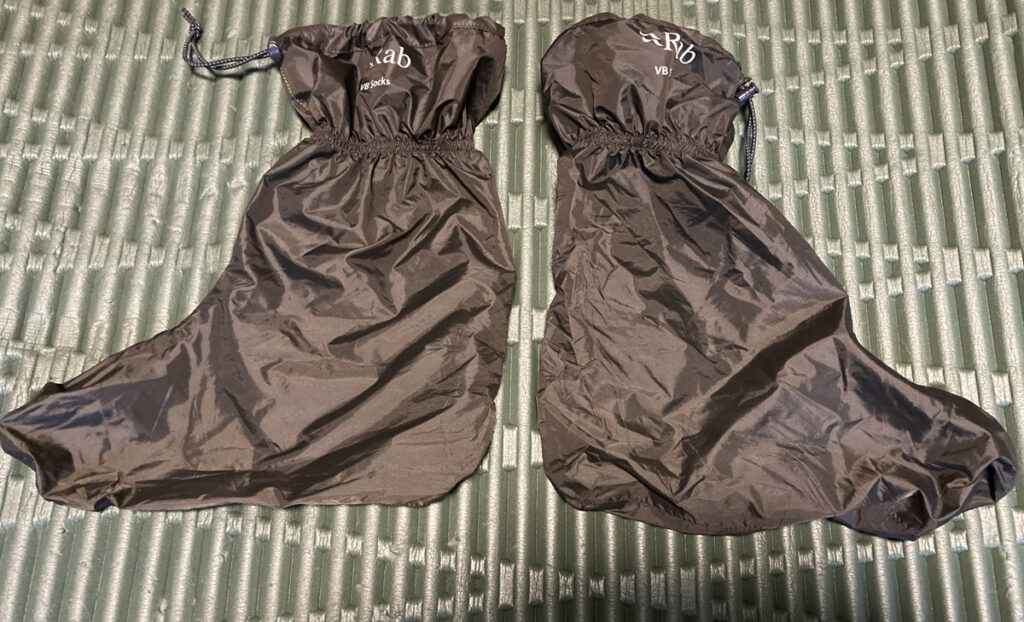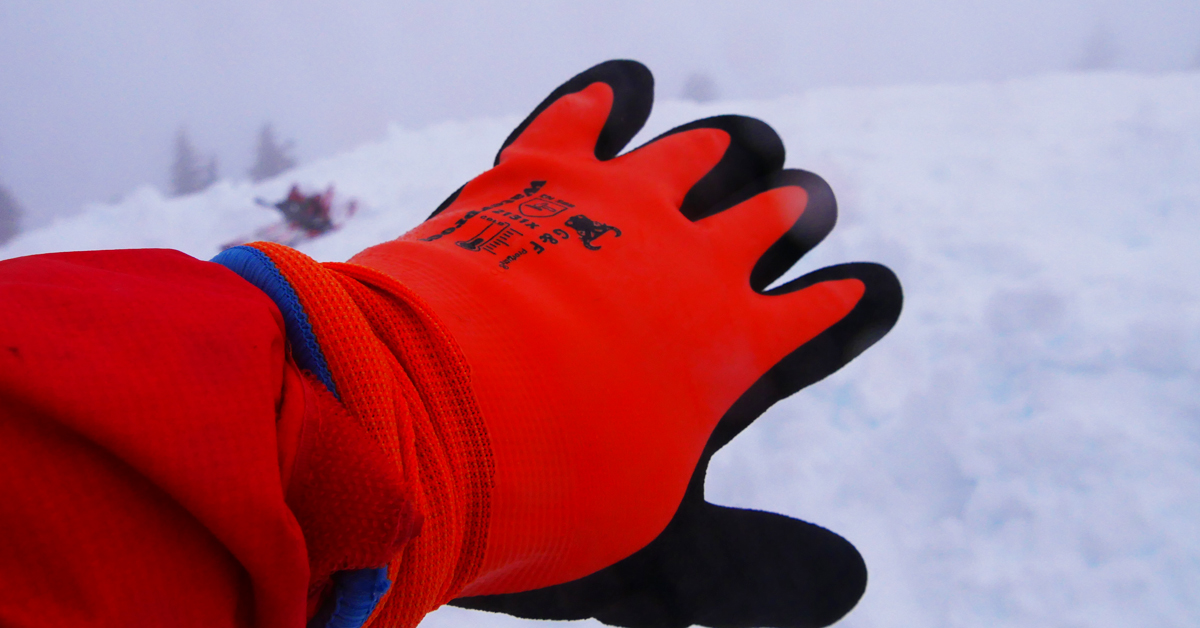Ramen is a popular backpacking choice, but usually in ready-made and prepackaged forms. Here I’m going to share a very simple way to create your own fresh Ramen. This recipe will work well in deep cold winter conditions (0–15ºF).
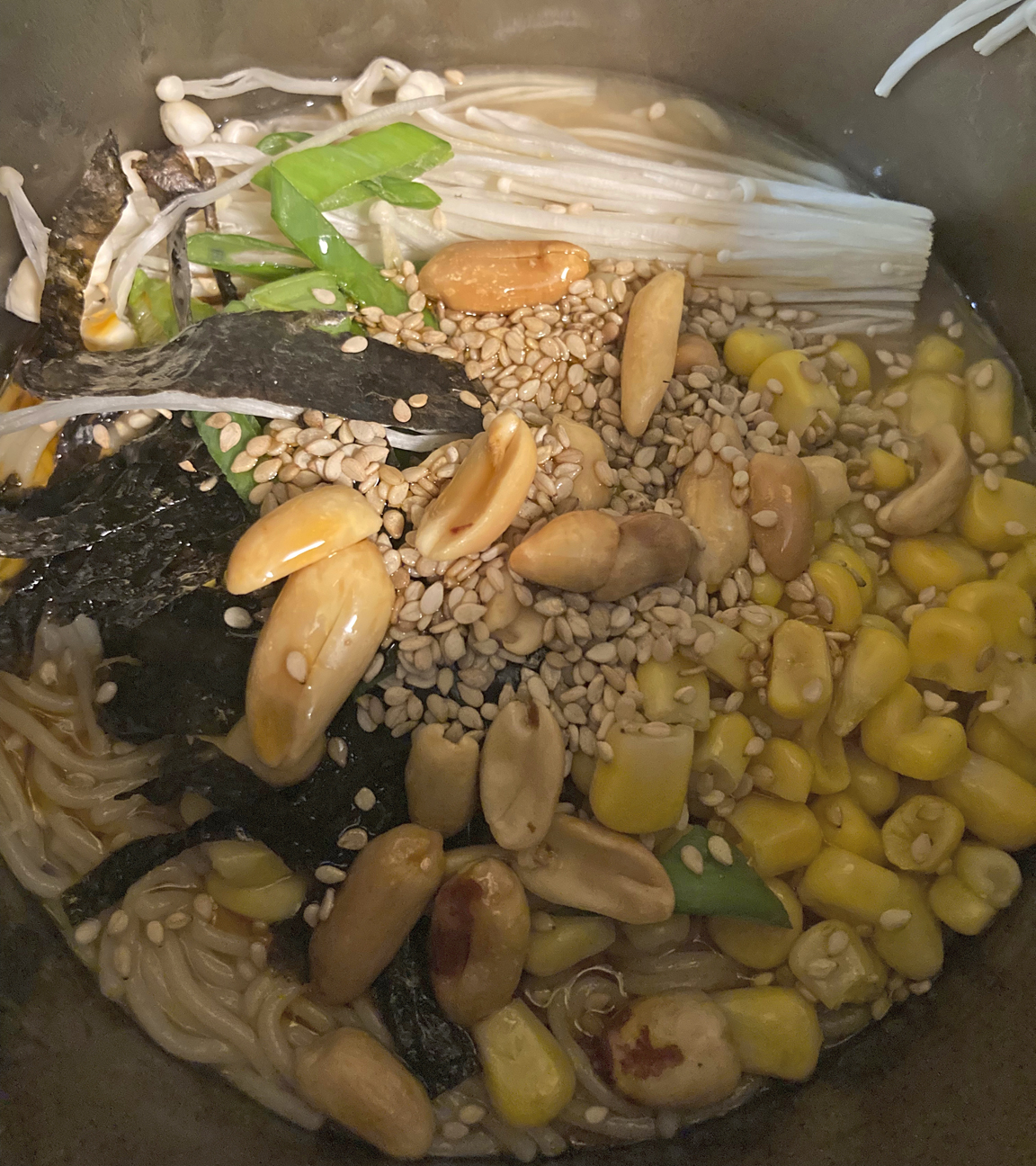

Ramen is a popular backpacking choice, but usually in ready-made and prepackaged forms. Here I’m going to share a very simple way to create your own fresh Ramen. This recipe will work well in deep cold winter conditions (0–15ºF).
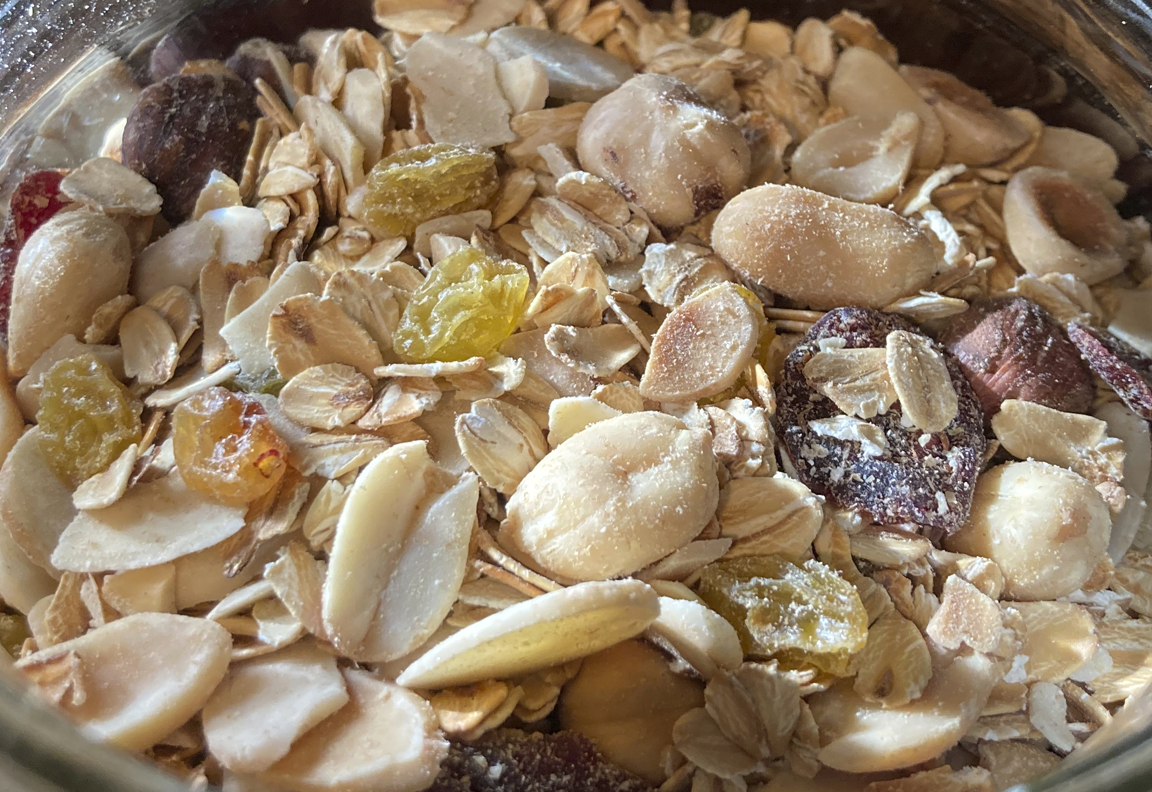
Granola is common in America, but in Europe, Muesli is the popular choice. It takes many forms depending on the country and usually contains no added sugar. The Swiss and UK versions may contain mostly oat flakes, wheat flakes, barley flakes, mixed dried fruit, such as sultanas or raisins, and chopped Hazelnuts and/or Almonds. Some will include whey powder (cows’ milk).
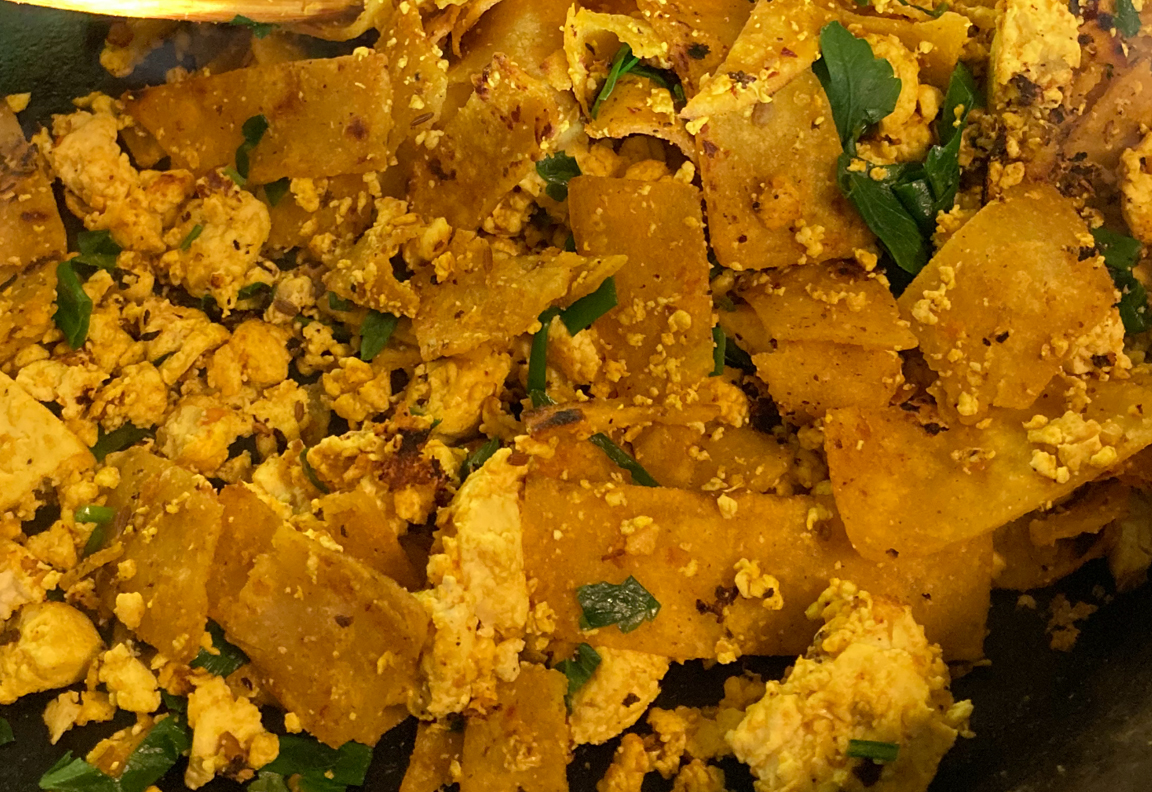
Packing eggs can be tricky. One solution is substituting some crumbled tofu with turmeric and then go next-level with chili power or sauce.
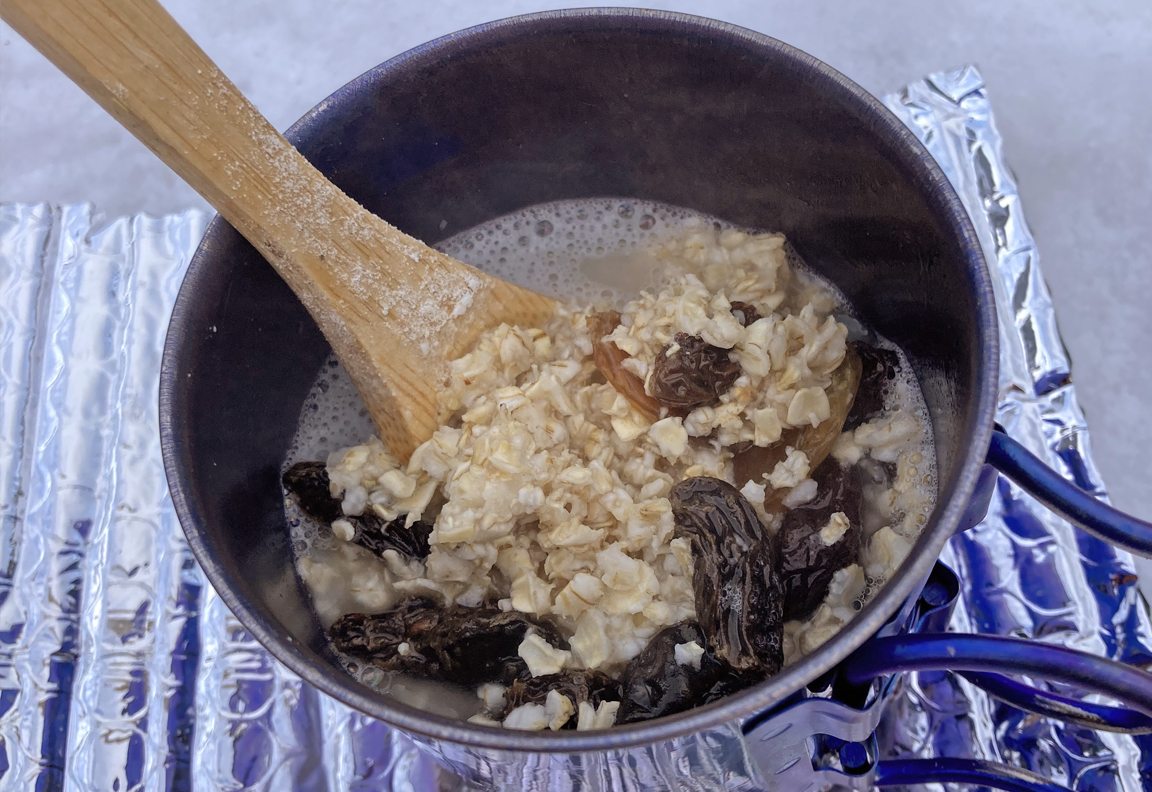
Typically, I eat oatmeal most winter days and muesli most summer days. At home I’ll eat rolled oats and when backpacking I’ll switch to quick oats or instant oats. My own preference is plain oats with raisins as a sweetener.
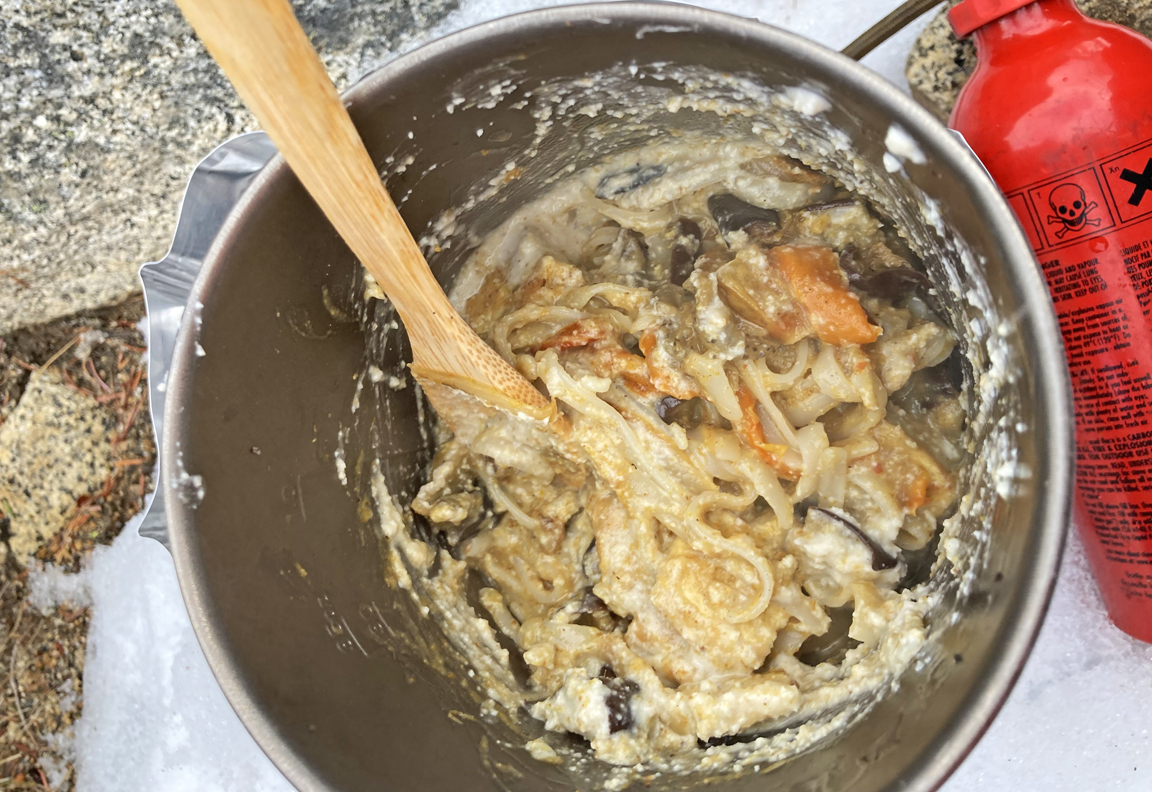
This is one of my favorites. Although it has a creamy sause it is not soupy enough to reheat easily so in cold weather it will go cold quickly. It works best in temperatures above freezing, more in the 40–50ºF range.
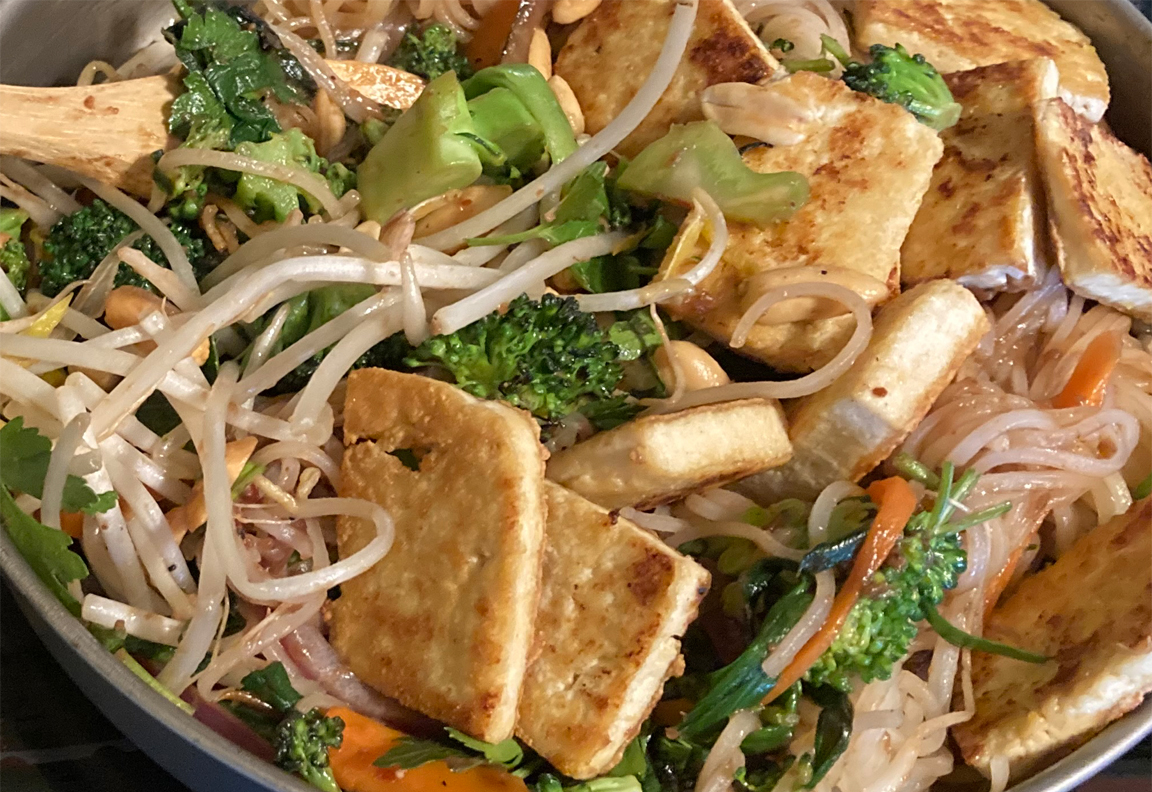
Chewy, crunchy, sweet and tangy, all in one quick meal. Pad Thai is one of the most popular dishes in Thailand and everywhere it is found. Works best in temperatures above 30ºF.

This is the dish I make more often than any other on winter trips, especially when the temperatures get near or below 15ºF. It is both delicious and practical. The ingredients are situated in a soupy broth, making it easy to reheat if necessary without any risk of the food burning or sticking to the pan. This dish is ideal for winter backpacking because it is hot, tasty, and helps you rehydrate after a hard hike. Phö is a Vietnamese meal popular in the Pacific Northwest. It can be prepared with different ingredients. It usually consists of a savory broth; noodles; fresh vegetables; herbs and sprouts, tofu, peanuts, or some type of meat; and finished with Chili crisp or Sriracha and/or Hoisin sauce.
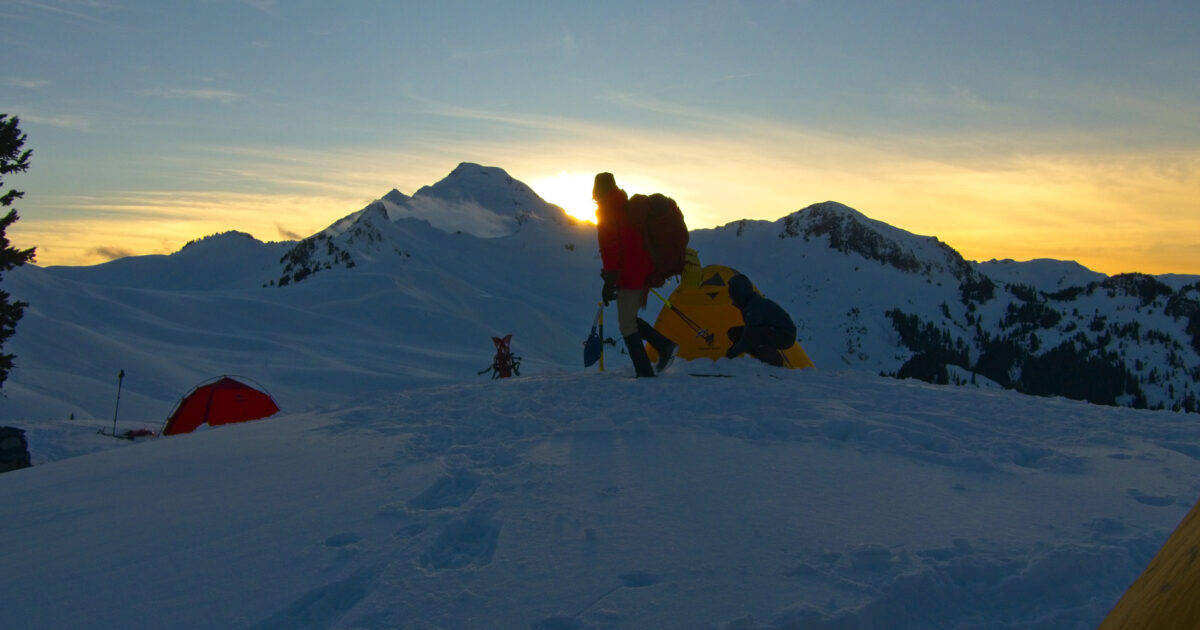
Knowing how to layer clothing will determine whether you are comfortable or uncomfortable in winter conditions. But be aware that the information here is for winter conditions of the Pacific Northwest, which are comparatively mild—meaning conditions between 0–45º F on average in elevations between 1000–7000 ft and winds that are mostly 0–25 mph and rarely up to gale force. You will likely need more insulation in colder regions, which is why in many places people are traveling on skis pulling heavier gear on a pulk, rather than backpacking in snowshoes. In Pacific Northwest, it is not difficult to backpack in winter with a 25–35 lb backpack. The mountainous terrain here would make pulling a pulk nearly impossible. Nevertheless, some of the basic techniques described in this short introduction to layering may be useful in other destinations.

Some mountain climbers use vapor-barrier socks to keep double-layered boots dry. These boots have a warm removable inner liner and a plastic outer shell. The plaster outer shell keeps out moisture, but because the boots don’t breathe, perspiration soaks the socks and liner which can then freeze. Vapor barrier (VB) sock are used to prevent this problem. The VB socks hold in the moisture to keep the boot dry.
